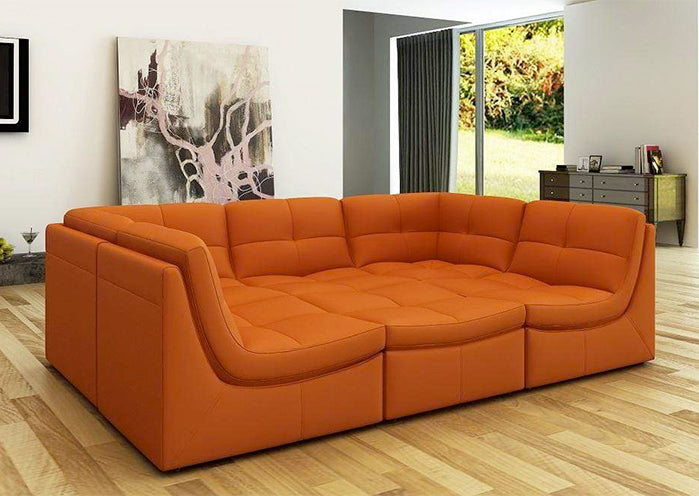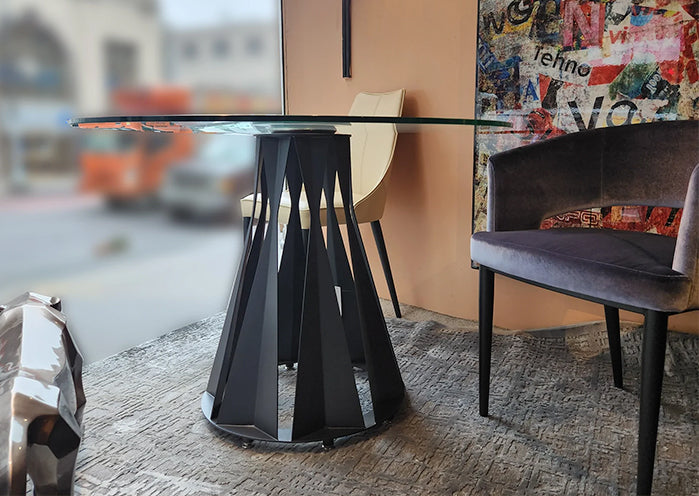Menu
Furniture Care Info
I. Easy Care Tips
A little bit of tender loving care will go a long way toward enhancing your enjoyment and protecting your furniture investment.
Leveling and Door Adjustments
All pieces with doors will need to be leveled periodically and usually whenever they are moved. You will know this when your doors no longer line up as closely as they originally did. This concern is corrected by slightly raising the foot of one or more sides of the case piece. Some pieces might have feet that raise or lower, called levelers. Others may require shimming a small piece of wood underneath the piece to assist in the leveling of the product to adjust the alignment of the doors. Many large doors have adjustable hinges. Use a screwdriver and adjust the hinges to make the doors hang evenly. This takes about 10 minutes to do and saves on costly service calls.
Humidity
Excessive or widely varying humidity levels in the home can negatively affect the structural integrity of the wood. Use a humidifier and/or air conditioner to maintain relative humidity between 25 and 35 percent. Avoid placing solid wood furniture directly in front of oil radiators, heat runs, or wood‑burning stoves.
Sunlight
For the sake of your furniture’s finish, avoid prolonged exposure to direct sunlight. Also, be aware that a darkening of solid cherry will occur in the first six to nine months in your home, due to direct and indirect lighting. We recommend rotating items placed on solid wood during this time to avoid uneven development of the wood’s natural patina. All wood will change color over time. When you add to your collection you will notice that the new item will not match perfectly. This is normal and over time the colors will change. Items left on the table top; like a centerpiece or a table runner will leave a darkened mark where the sun can affect it.
Protection
Always use coasters to prevent damage. Blot spills immediately, and be especially careful with solvents, perfume, alcohol, and nail polish. Do not put items on the wood’s surface that can scratch it. Use felt pads on photo frames and accessories. Wet vases will damage your wood’s surface so use a protective pad. Never use plastic or rubber to protect your wood furniture. Plastic will react with the finish and will permanently damage it.
Cleaning
Use a clean, damp cloth for weekly cleaning. Wipe with the grain and do not leave standing water on the top! Any reputable brand of furniture polish will help protect the surface of the wood from drying out, thus preventing surface checks, but notice the differences in polishes. Those that contain wax must be completely cleaned off before the next application to prevent build‑up. Those with silicones will create a greater sheen than the original finish. We do not recommend spray on type furniture polishes and cleaners as water is the best cleaner.
Wood Conditioning
Condition your dining set 4-6 times per year with a wood oil that is silicone free. This activity will help fill in surface scratches to some degree.
Moving
Avoid dragging furniture. Do not move anything with the electronics inside. We also recommend removing all drawers before moving the case. It is better for you and better for your furniture.
Loving
Treat your furniture well, enjoy your choice and your investment and it will reward you with years of service.
II. Characteristics of Wood & Wood Finishes
Pine
Distressing is a normal characteristic of pine and is frequently infused as an enhanced stylistic feature. Pumice is a wax used on wood that leaves a white residue in cracks and indentations in the wood. This is also considered part of “the look” and is associated with higher quality, as it suggests that the piece was hand-rubbed. (This process is reminiscent of old times when furniture was hand-rubbed with bee’s wax.)
Lacquer
Pit marks, small surface scratches and blemishes are definite characteristics of the type of finish. Please use extreme caution when placing or moving objects on this type of surface. Use no abrasives when cleaning.
Whitewashed Wood
Blue bleed through (or darker pieces of wood) showing through the finish is a definite characteristic that these products have, and is not a defect. These characteristics might enhance as time wears on.
Cherry
Pit marks are a normal characteristic of cherry. These pit marks are actually little worm holes. These holes can be pin-dot in size, on an angle, or in the form of a line, as wood is cut in many directions and worms travel in many directions also. Color variations within a piece are quite normal, as each piece of wood will absorb a finish differently. As time wears on, cherry will change color and fade. Be sure not to leave objects on cherry pieces for a prolonged period of time (weeks or months at a time). Please rotate any items displayed on cherry to ensure the pieces age evenly.
Oak
The greatest beauty of oak is the wood grain. Wood grain will vary within a single length of board from similar grain to dramatically different grain. These grains can sometimes appear darker and denser than other grains. Color variations within a piece are quite normal and are not a defect, as each piece of wood will absorb a finish differently.
- Choosing a selection results in a full page refresh.











